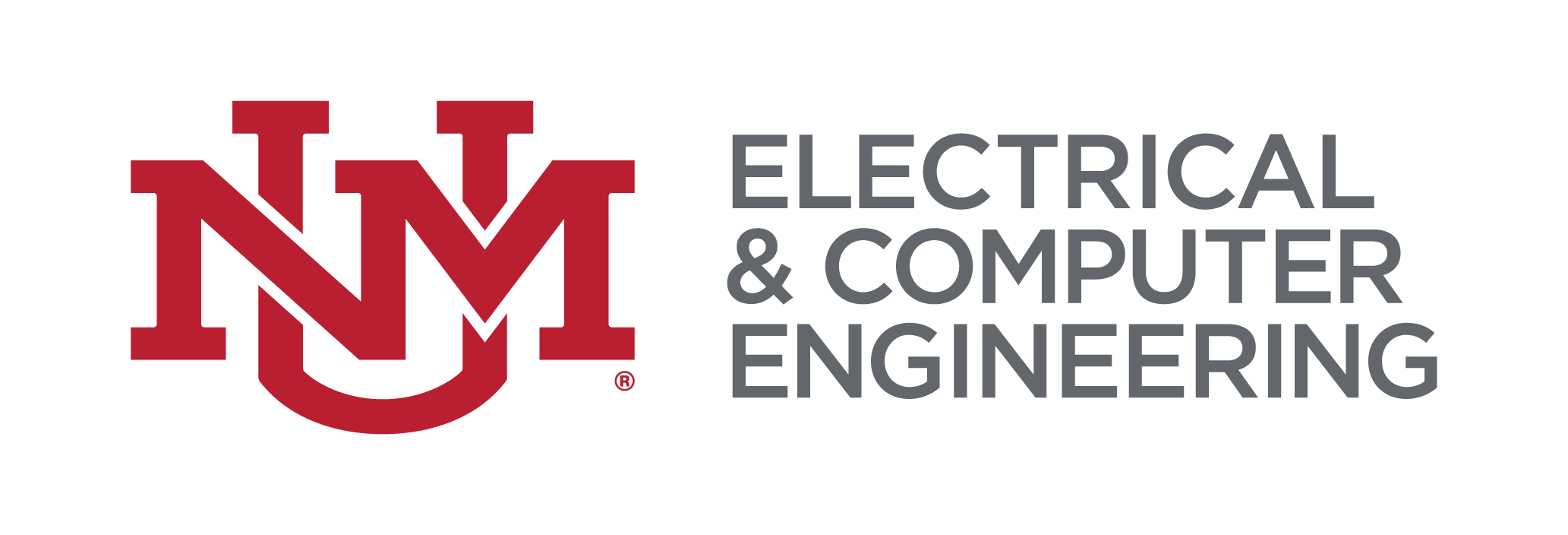Recent News
December 5 Seminar: Sal Portillo
December 3, 2025
November 21 Seminar: Jim Aarestad
November 19, 2025
November 14 seminar: Manel Martínez-Ramón
November 12, 2025
November 7 seminar: Bradley Ratliff
November 5, 2025
News Archives
Pioneering multipolar metasurfaces and tools for the scientific community
September 2, 2025

Assistant Professor Viktoriia Babicheva in the Department of Electrical and Computer Engineering and her graduate students Vahid Karimi and Li Liu have developed new simulation tools for metasurfaces. Multipole-engineered metasurfaces developed in this area aim to control light through engineered resonances, opening pathways for next-generation nanophotonic devices and potentially for integration with quantum emitters.
Metasurfaces represent an emerging direction in optics and photonics, where the interaction of light with engineered nanostructures enables unusual scattering and confinement. They provide new opportunities for flat optical components, compact sensors, and light–matter coupling at the nanoscale.
“Metasurfaces can be tailored to support multipolar resonances that enable strong confinement and precise control of scattering,” Babicheva said. “This tunability makes them an exciting platform for applications ranging from optical computing to coupling with quantum emitters.”
Babicheva and her team have published more than a dozen journal and conference papers related to the NSF-funded project titled “Multipole-Engineered Mie-Resonance Metasurfaces.” This grant supports both fundamental research and the creation of educational and computational tools for the broader nanophotonics community. Babicheva's and Liu's efforts have also been supported in part by The Sustainable Space Research Grand Challenge (SSRGC) at The University of New Mexico.
Liu is also studying how nanoantennas and metasurfaces can enhance the radiative properties of quantum light sources. By leveraging the Purcell effect, these structures can significantly increase spontaneous emission rates and tailor the radiation pattern of single-photon sources. Such control is essential for advancing quantum communication and computation technologies.
Her group has released several nanoHUB.org tools. Karimi has released two new tools on Multipolar Analysis of Metasurfaces. The tools related to multipolar lattice resonances in nanoantenna arrays and dipolar collective resonances in finite-size nanoantenna arrays, which allow researchers to explore how different multipolar contributions shape the optical response of metasurfaces. Liu developed a simulation approach for Electron Beam Lithography Patterning, enabling design and visualization of nanoscale fabrication layouts.
These tools are freely accessible on nanoHUB.org, an NSF-funded portal that supports education, collaboration, and open simulation resources in nanotechnology. By combining innovative metasurface research with open-access resources, Babicheva’s group contributes to both advancing fundamental science and building the infrastructure for future discoveries.
“Our research is not only about advancing fundamental knowledge, but also about making tools and results widely accessible,” Babicheva said. “The NSF project has given us the opportunity to integrate our work into the nanoHUB platform, where researchers, educators, and students around the world can directly benefit from these resources.”
Together, these efforts highlight how Babicheva’s group combines high-impact research with open scientific contributions. By advancing the science of metasurfaces, developing tools for the global community, and training the next generation of researchers, the team is helping to shape the future of nanophotonics and its emerging applications in quantum technologies.
